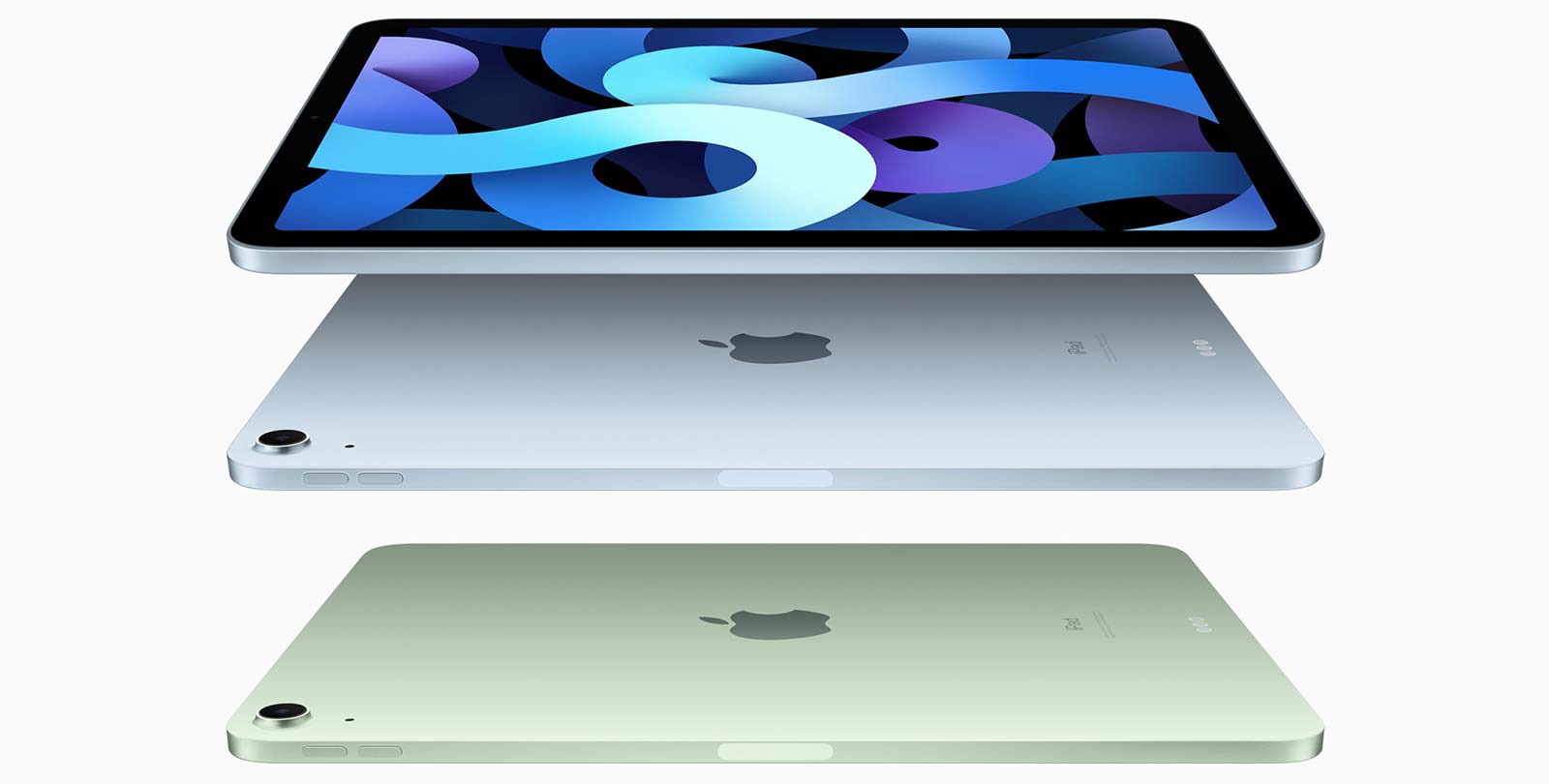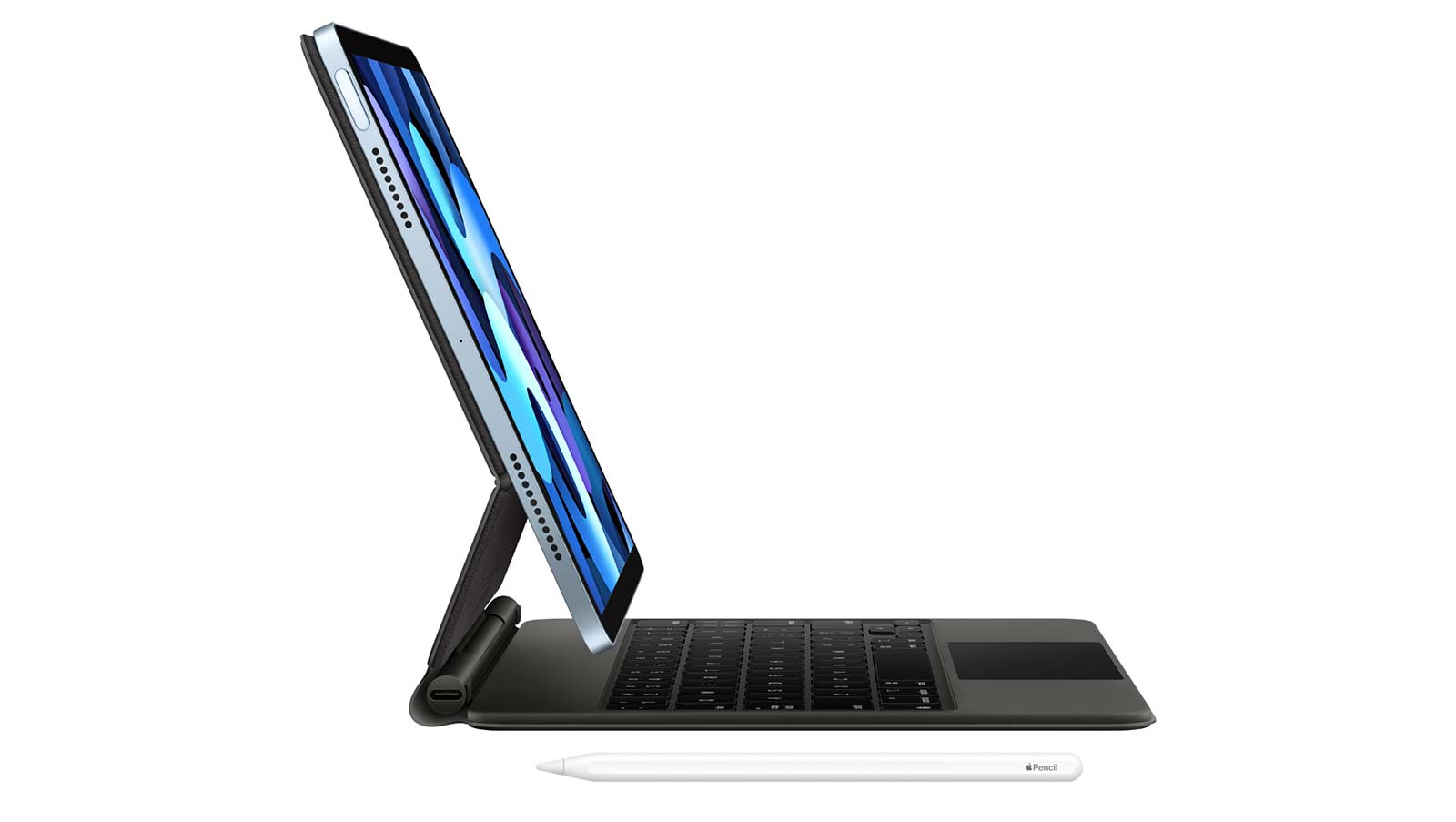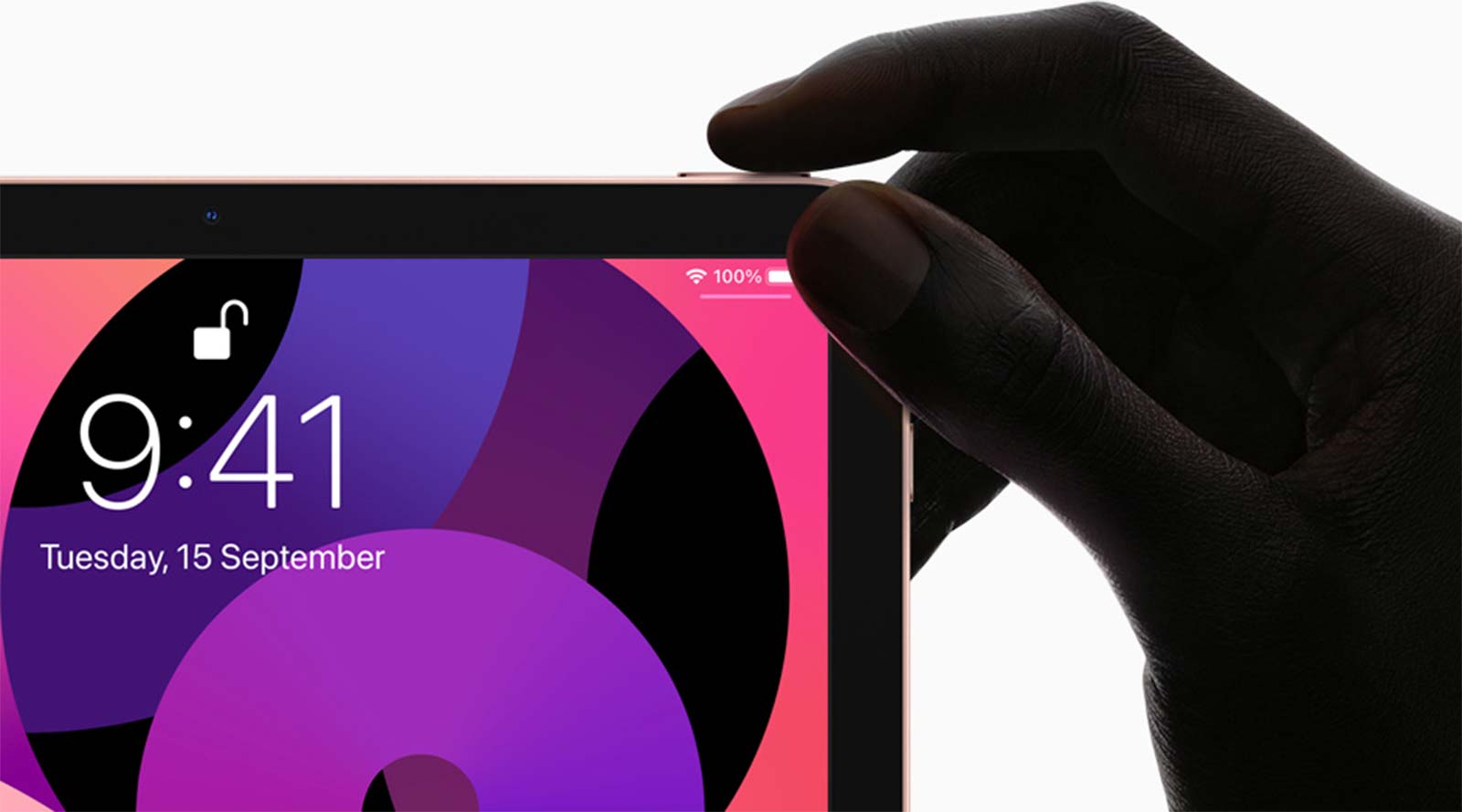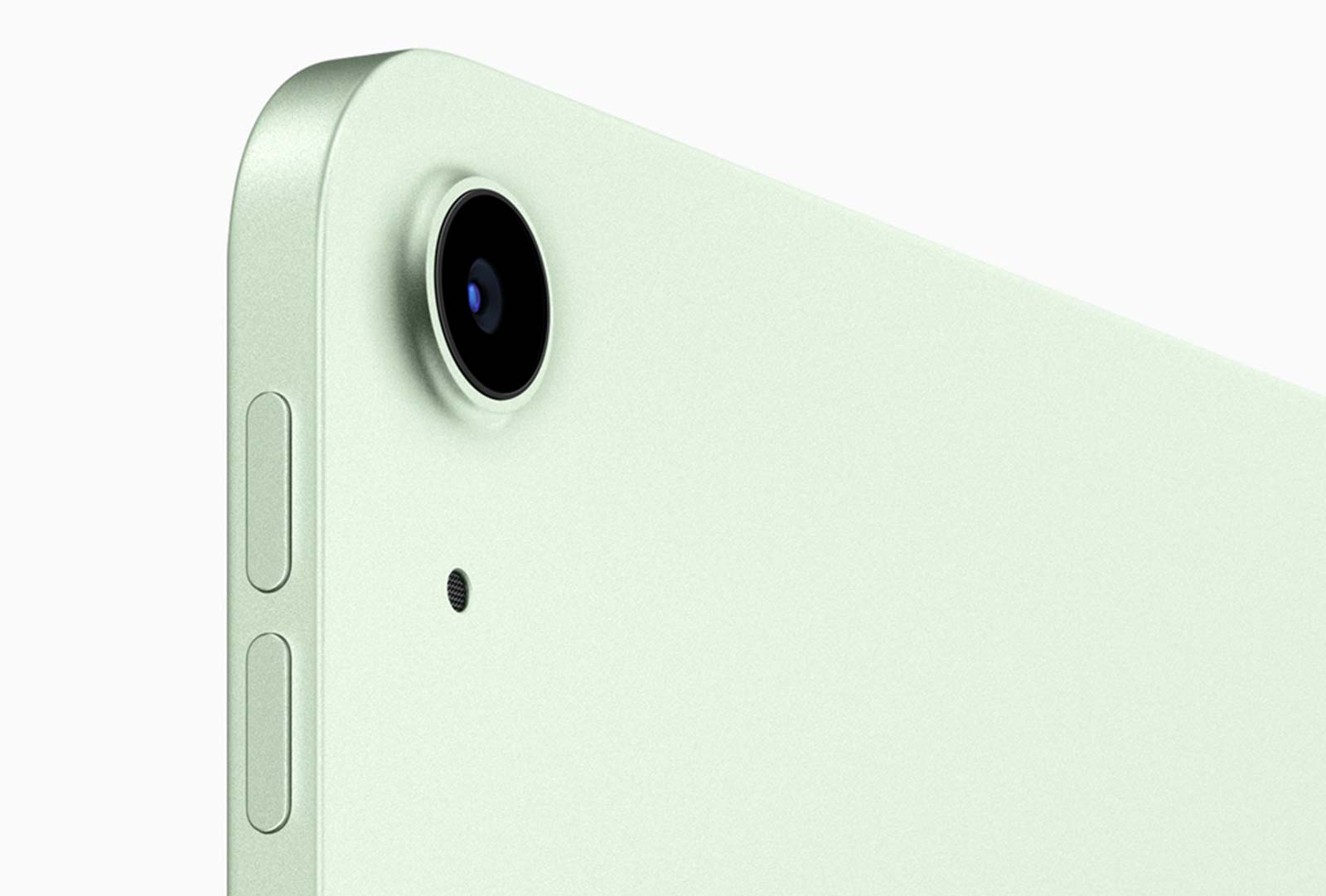It’s not just a new iPad for everyone from this week’s Apple event, as the iPad Air gets a little more Pro.
For a while now, there’s been a bit of choice if you wanted to buy an iPad. You could buy small with a Mini, entry-level with the standard iPad, a more professional take with the iPad Pro, and then something just before that in the iPad Air. But if you were trying to decide between the iPad Air and the iPad Pro, things didn’t seem particularly easy.
The Pro looked different and tended to get totally different features, while the Air for the past year has looked like a marginally more impressive take on the standard iPad. That’s not an easy decision if you wanted something a little more capable than that standard iPad.
This year, though, Apple is looking to make things a little easier. Rather than knock one out of the range, it’s basically making the iPad Air into an entry-level iPad Pro, at least from some of its design and features.
The 2020 iPad Air will get the same look as the iPad Pro has seen, with the flattened edges that we’re largely expecting in the 2020 iPhones, plus support for the more sensitive and faster second-gen Apple Pencil, and there’s more going on here.
It’s a size that matches the same physical width and height dimensions almost entirely of the iPad Pro, complete with the keyboard accessory support, allowing you to use the same Magic Keyboard from the 11 inch iPad Pro on the 2020 iPad Air.
Alongside a new edgier design — which also comes in colours — there’s also a new screen not unlike what the iPad Pro has received. The 2020 iPad Air gets a 10.9 inch Liquid Retina display sporting Apple’s white balancing technology True Tone and a 2360×1640 screen, instead of the iPad Pro’s 11 inch True Tone 2388×1668 screen, though the physical size appears to be pretty much spot on, albeit with almost imperceptibly thicker bezels, something you’re never likely to notice. Those bezels will still be smaller than what the standard iPad also sees, even from the new version updated this week.
On the iPad Pro, those bezels hid the Face ID security infrared sensor used on that device, but on the iPad Air, that won’t be here. Rather, Apple is throwing Touch ID into the power button, found at the top, similar to where it has been on some competitor phones, such as the Samsung Galaxy S10e, as well as select models from Sony including the XZ Premium.
And under the hood, Apple is introducing what may well be a preview of its 2020 iPhones, adding the A14 Bionic processor, a new chip the company says has been made with a 5 nanometer processor, and is faster than ever. There are reportedly 11.8 billion transistors inside this six-core chip, improving performance to apps and graphics, and delivering more to Apple’s machine learning capabilities. The 2020 iPad Air — also known as the iPad Air 4th gen — is the first place the A14 Bionic is appearing, though given its introduction, we’re expecting it in the next iPhone models, too.
At the same time, you’ll see some changes to the cameras and even the connections, with a 7 megapixel front-facing FaceTime HD camera — the same style used on the iPhone 11 Pro Max — plus the same 12 megapixel camera used on the iPad Pro, complete with support for 4K video capture. Sound has been improved to support stereo speakers when the iPad is in landscape mode, firing at the left and right, while connections are changed for both wired and wireless.
Apple is adding WiFi 6 802.11a/b/g/n/ac/ax support, something the 2020 iMac missed out on, while the new iPad Air will move to the USB Type C port used on the bottom of the iPad Pro, potentially making it easier to charge, now that USB C is the main standard found across the world.
“With its gorgeous new all-screen design, larger 10.9-inch Liquid Retina display, next-generation Touch ID, and a massive boost in performance with A14 Bionic, the new iPad Air brings customers powerful pro features at an even more affordable price,” said Greg Joswiak, Senior Vice President of Worldwide Marketing at Apple.
“Along with major upgrades to the iPad Pro and eighth-generation iPad this year, and the powerful new features of iPadOS 14, this is our strongest iPad lineup ever, giving our customers even more ways to enrich their daily lives,” he said.
Pricing for the iPad Air comes in at an $899 starting price locally in October, which will see the 64GB WiFi model, while $1099 will get customers the 64GB 4G/WiFi, with 256GB models available as an option, as well. The new iPad Air is compatible with the iPad Pro accessories, including the $199 second-gen Apple Pencil, as well as the Smart Keyboard Folio and Magic Keyboard for $269 and $499, respectively.











